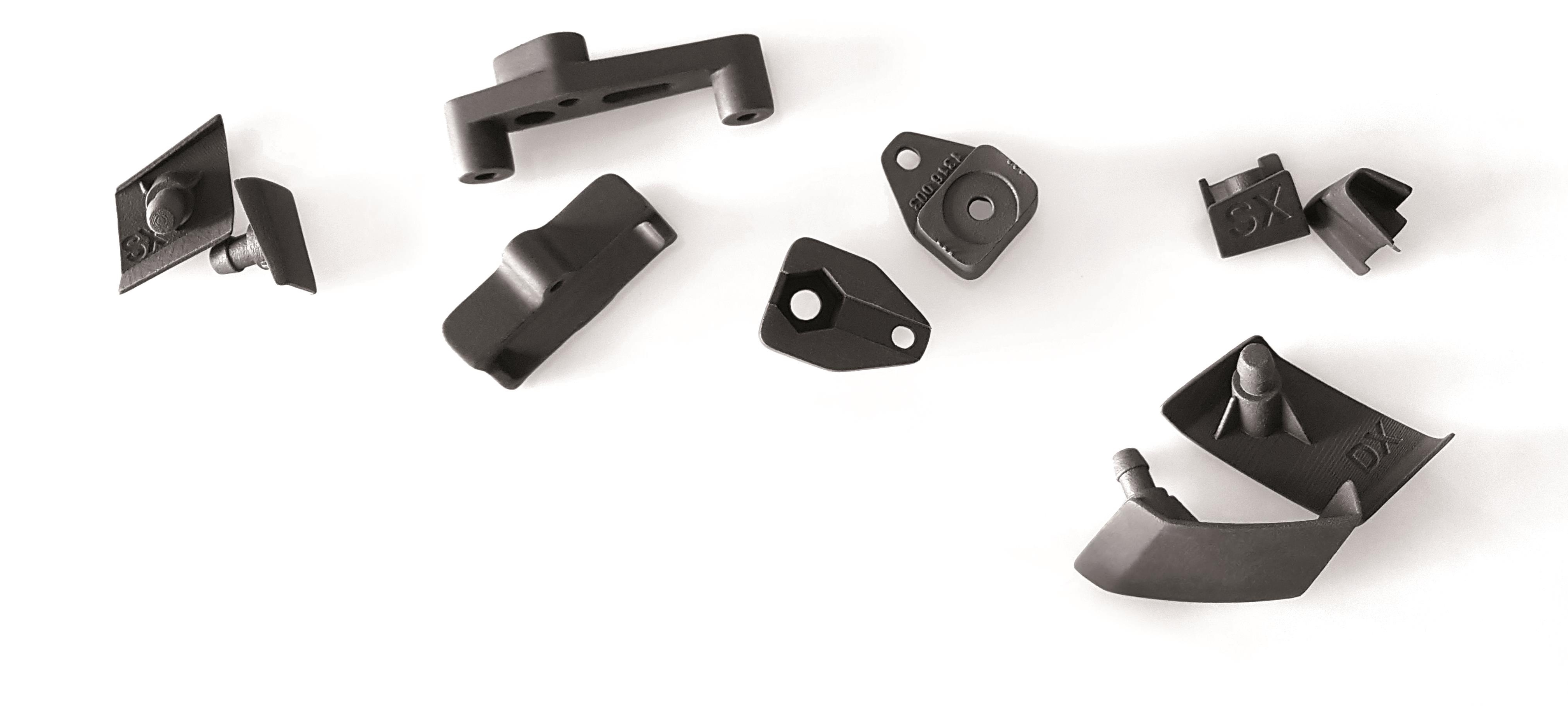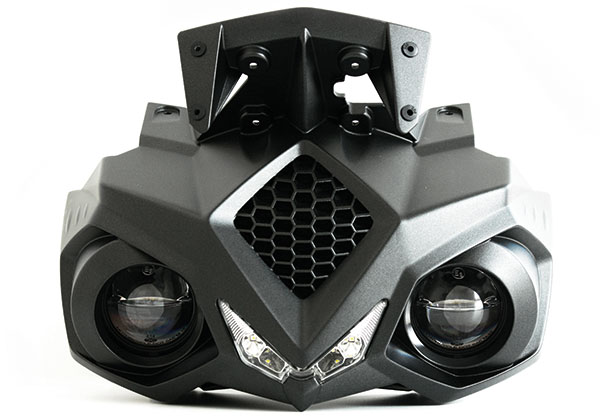Italian 3D printing materials manufacturer CRP Technology, has introduced the first product in its P-LINE range of Windform materials for High Speed Sintering (HSS).
“Today, I’m very proud to launch Windform P1, the first material from Windform P-Line,” said, Franco Cevolini, VP and CTO at CRP Technology.
Cevolini continued, “P stands for Production […] we created this new range of materials for High Speed Sintering, the new 3D printing process we integrated in-house: Windform P-LINE materials combined with HSS technology, allows for the manufacturing of small 3D printed production components.”

CRP Technology 3D printing expertise
CRP began as a mechanical engineering specialist in 1970. Now the CRP Group comprises CRP Technology, CRP USA, CRP Meccanica, and Energica, an Italian electric motorbike manufacturer. The Group is active in the automotive industry, in particular motorsports. CRP Technology is the additive manufacturing wing of the Group and is renowned for its 3D printing material Windform, which was used to make parts for the Energica Ego, Italy’s first street-legal electric motorbike.
In addition to manufacturing materials, CRP also has a dedicated Rapid Prototyping Department which has over twenty-five industrial 3D printers from the likes of 3D Systems and RICOH.

Windform P1
The Top-Line range of Windform materials has been used for various end-use and prototyping applications in the aerospace and automotive industry. Four of the Top-Line materials, Windform LX 2.0, Windform XT 2.0, Windform GT and Windform SP, have passed NASA’s outgassing tests.
The P-Line has been developed to bring end use 3D printed parts to the market. The Windform P1 material is non-conductive and has strong mechanical properties and high flexibility. It is also an isotropic material and, in powdered form, is compatible with the HSS 3D printing method, employed by both German OEM voxeljet, and UK 3D printer developer Xaar.
Cevolini added, “Our aim is to constantly creating technological breakthroughs. We invest in Research and Development as well as new technology: with Windform P-LINE, we want to provide even more tangible, turnkey solutions which can satisfy any customers’ requirements.”
In addition to being 3D printed, the Windform materials can also be CNC machined after the print to achieve even higher accuracy.
Vote for CRP Technology to give them a chance to win the 2019 3D Printing Award.
Stay up to date about the latest trends in the manufacturing industry by subscribing to our 3D printing newsletter. For live updates follow us on Facebook and Twitter.
We also have jobs in the industry, visit our 3D Printing Jobs page to find out more.
Featured image shows sample 3D printed parts with Windform P1 material. Image via CRP.


